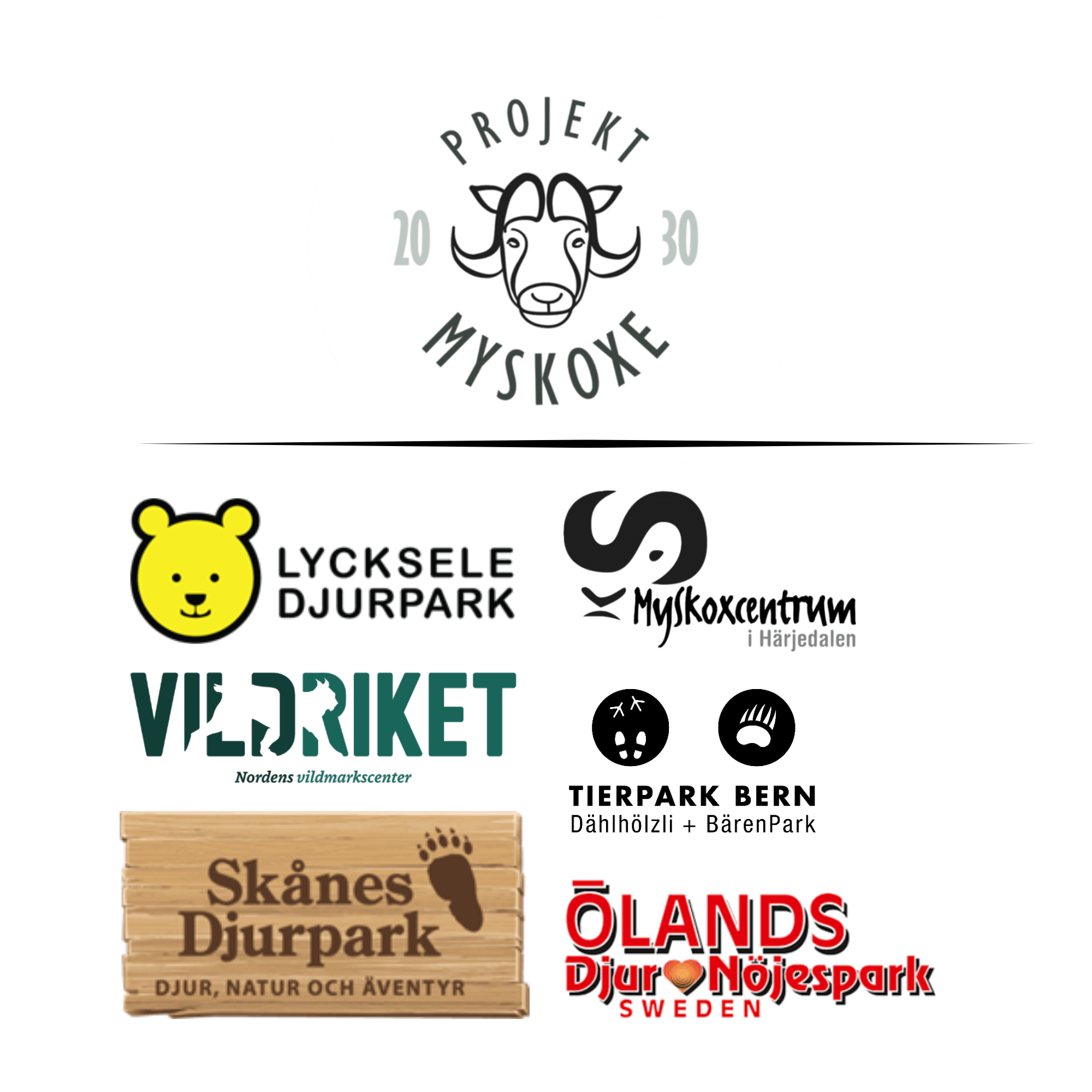Return of a relic
After being extinct in Scandinavia for millennia, muskoxen were reintroduced from Greenland to Norway during the 20th century. In 1971, five muskoxen migrated to Sweden by themselves...
June 2025 Conservation Snapshot
After being extinct in Scandinavia for millennia, muskoxen (Ovibos moschatus) were reintroduced from Greenland to Norway during the 20th century. In 1971, five muskoxen migrated to Sweden by themselves.
Because it was reintroduced to Norway, the species is considered "introduced" in Sweden and is not recognised as a Swedish species. Therefore, the muskox cannot be Red Listed or included in a national action plan with conservation efforts, resulting in a lack of knowledge about the population and its movement patterns.
The Project Myskoxe 2030 is a conservation network aiming to fill this gap of knowledge and studies the Swedish muskox population, as well as its impact on biodiversity in the mountain ecosystem. The network was created in 2020 by Lycksele Djurpark, Myskoxcentrum, Vildriket and Skånes Djurpark, and collaborates with several universities, conservation organisations and the Swedish Association of Zoos and Aquaria (SAZA). In 2025, Ölands Djurpark and Tierpark Bern will start contributing as well.
The Project Myskoxe 2030 aims to:
- Evaluate the long-term viability of the Swedish muskox population through population monitoring and inventory
- Assess the potential role of muskoxen as a driving force for biodiversity in the mountain ecosystem through scientific studies published in peer-reviewed journals.
- Raising awareness about the biodiversity existing in mountain ecosystems, the muskox and its vulnerability to climate change as well as its potential to help counteract climate change, together with other large herbivores.
News about the project is shared on the Facebook page Projekt Myskoxe 2030.
A nature documentary about the project "The Return of a Relic - The Muskox are back", filmed by Jonas Stenström at Eoscene Productions, was released a few weeks ago. Have a look!

EAZA Member institutions involved with Projekt Myskoxe 2030
